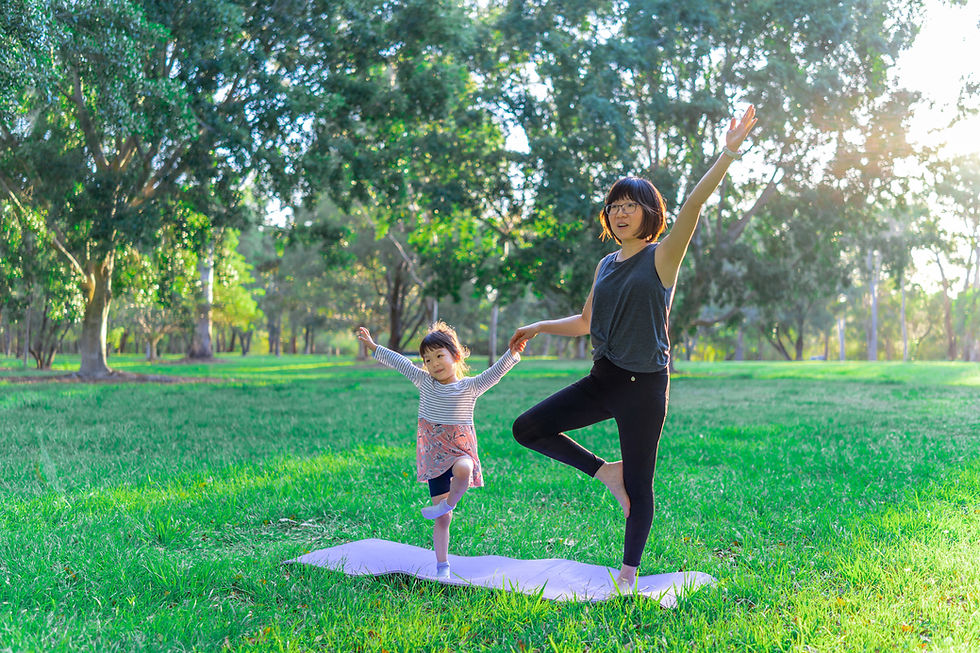The In's and Out's of Emotional & Physical Wellness
- St. Andrew's Family Fitness
- Feb 25, 2021
- 2 min read

Emotional wellness refers to your ability to have and maintain satisfying relationships, cope with emotions, and be resilient in the face of difficult challenges. On the other hand, physical wellness has a lot to do with your relationship with physical activity, nutrition, sleep, etc.
It's important to have a balance between all 8 dimensions of wellness (as discussed in this blog), but emotional and physical wellness go hand in hand- it's difficult to have one without the other. If you have poor nutrition, are engaging in harmful activities (drugs, excessive alcohol consumption, and/or tobacco usage), and you're living a sedentary lifestyle your emotional wellness is bound to suffer. However, if you're living in high stress, not coping with negative emotions, or you're engaging in little to zero self-care the chances of you wanting to take care of your physical wellness is probably low.

Luckily, there are some ways to begin finding a balance with your emotional and physical wellness that are simple to implement. We'll start with physical wellness.
It's vital that your body moves as much as possible. This will help with fatigue, stress, depression, sleeping problems, injury prevention- the list goes on and on. To keep your body moving, follow these steps:
Exercise three times a week (ideally 20-30 minutes per session).
Use the stairs instead of the elevator or escalator, and walk whenever possible.
Get consistent and adequate sleep.
Listen to your body.
Remember to eat balanced meals regularly throughout the day.
Finally, consume sugar, salt, and alcohol in moderation.
Balancing emotional wellness can take some time and personal work in a different way than physical wellness. It's important to identify what area in your emotional wellness is off balance the most (depression, stress, guilt/shame, feelings of loneliness and/or isolation, lack of mindfulness, etc) and work to alleviate those issues first.
For example, if you identify that stress is your major concern; start prioritizing your sleep; create and stick with boundaries when you feel overloaded (personally and professionally); and/or, try different relaxation methods (like yoga, meditation, or Tai Chi).

The National Institutes of Health provides a powerful Emotional Wellness Toolkit that covers different areas of emotional wellness and what you can do to help improve each area. Check it out here.
Bottom line, it is vital to your longevity that you take care of both your physical and emotional wellness. Remember, even small changes can make a difference over time.
If you're finding that you struggle with your emotional and/or physical wellness, the SAFFP Whole Wellness Challenge is designed to help lessen these struggles through gentle habit-changing processes over the course of 6 brief weeks. To find out more about this unique program, please visit the WWC here.




Comments